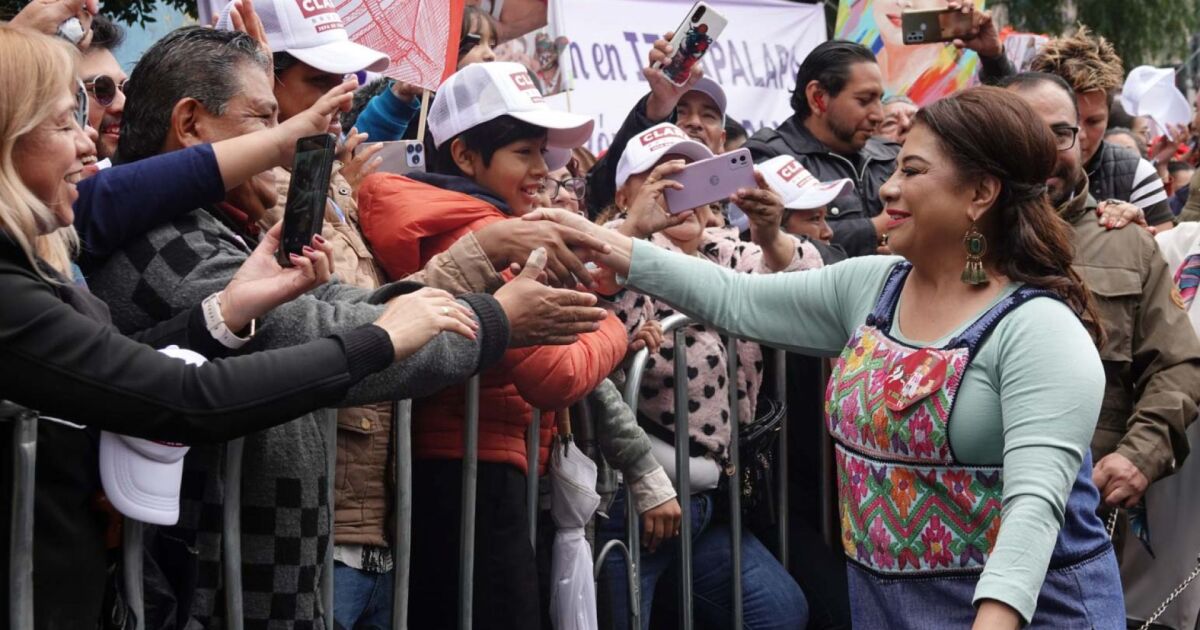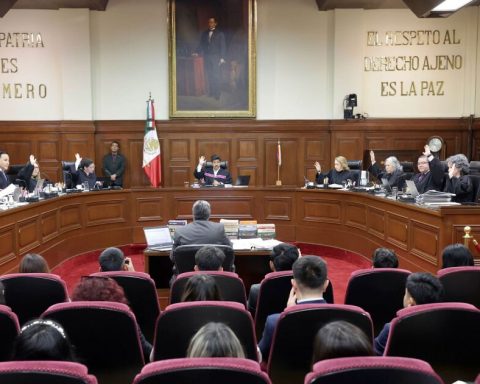And how is social mobility in health in CDMX?
The study published by the CEEY also revealed that in Mexico City almost all children (99.7%) surpass their parents in the Health Index; That is, children achieve a greater proportion of the maximum expected life span.
On average, children in Mexico City exceed the health achievement of their parents by 16.81%, a figure that is close to 16.6% at the national level.
However, Mexico City once again falls below the indicators of the north-west (17.14%) and north-central (17%) regions.
In addition, it was detected that Mexico City is the entity with the greatest transmission of inequalities from one generation to another in the health sector; Mexico City registered 44.1%, which places it above the southern region (30.3%) and the north-western region (30.4%).
When combining the different components of health mobility into a general index, it turns out that the capital has a lower level of mobility than all regions of the country, except for the southern region. Which means that there is still a very high potential to improve social mobility in this area.
The study indicates that the transmission of inequality of opportunities, as well as the limitations in terms of coverage, quality and effective access to the National Health System, are the main obstacle to social mobility in the field of health in the capital.
The CEEY report points out: “Even considering the diversity of facets of social mobility, Mexico City presents high social mobility, both in health and education, but less than what could be expected comparing it with that of the country and that of the central region.”
The CEEY highlights that the beginning of Clara Brugada’s government in Mexico City is an opportunity for the necessary actions to be carried out to surpass the levels achieved by the other regions of the country in terms of social mobility, both in education and health. .
















